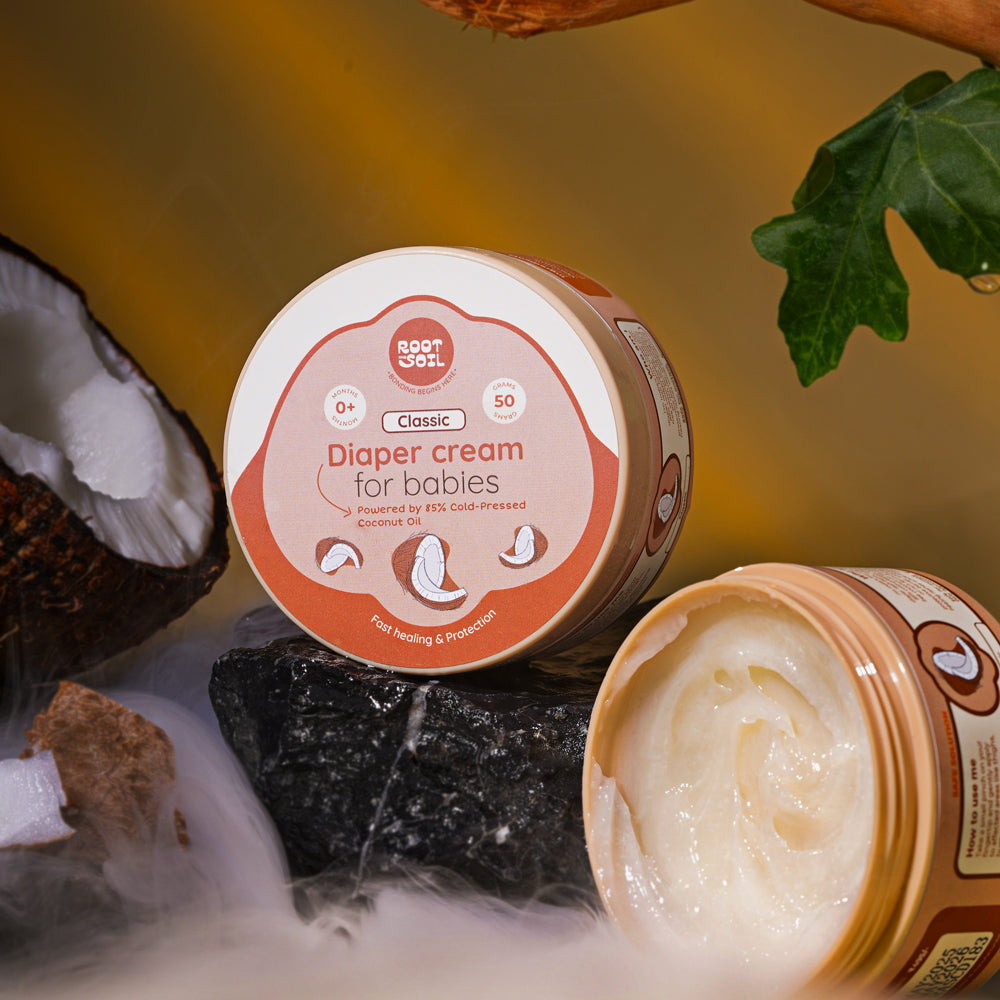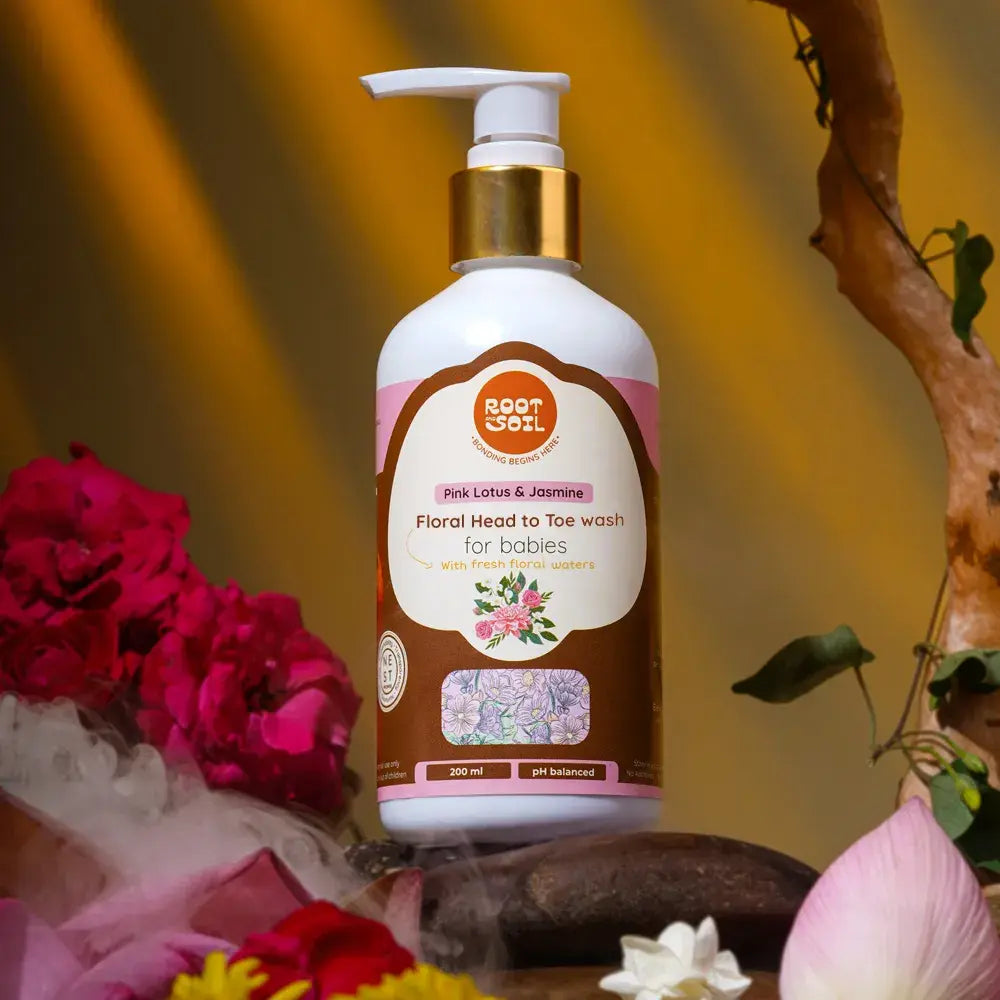
Unraveling the Safety of Phototherapy: Exploring Side Effects and Precautions
Phototherapy is a widely used treatment for various skin conditions in infants, but concerns about its safety and potential side effects often linger in the minds of parents. In this article, we'll navigate through the safety aspects of phototherapy, shedding light on its side effects and suggesting precautions for a worry-free experience.
Understanding the Safety of Phototherapy
Phototherapy, involving exposure to ultraviolet light, is a standard treatment for skin conditions in babies. While it is generally considered safe, understanding its nuances is crucial for informed decision-making.
Is Phototherapy Safe for Babies?
Exploring the Safety Measures
Phototherapy is conducted under controlled conditions in healthcare settings, ensuring the safety of the procedure. The exposure duration and intensity are carefully monitored to minimize risks.
Assessing the Risks
Despite its safety measures, phototherapy may pose certain risks. Common side effects include temporary skin redness and dryness. In rare cases, more severe reactions like blistering or changes in skin pigmentation may occur.
Side Effects of Phototherapy: What to Watch For
Temporary Skin Changes
It's not uncommon for babies undergoing phototherapy to experience mild and temporary skin changes. This may include redness, dryness, or a slight increase in skin sensitivity.
Monitoring for Adverse Reactions
Parents should be vigilant for any adverse reactions. If the baby's skin shows signs of blistering, increased irritation, or unusual pigmentation changes, immediate medical attention is essential.
Precautions for a Safer Phototherapy Experience
Consultation with Healthcare Professionals
Before opting for phototherapy, consult with healthcare professionals. They can assess the baby's health condition, discuss potential risks, and determine the most suitable approach.
Protective Measures During Treatment
During phototherapy sessions, ensuring the baby's eyes are adequately protected with specialized eye shields is crucial. Additionally, maintaining proper hydration and moisturizing the skin can minimize dryness.
Conclusion: Navigating the Balance
In conclusion, while phototherapy is generally safe and effective, it's essential to be aware of potential side effects and take necessary precautions. Regular communication with healthcare providers and keen observation of the baby's skin will contribute to a positive and worry-free phototherapy experience.
























